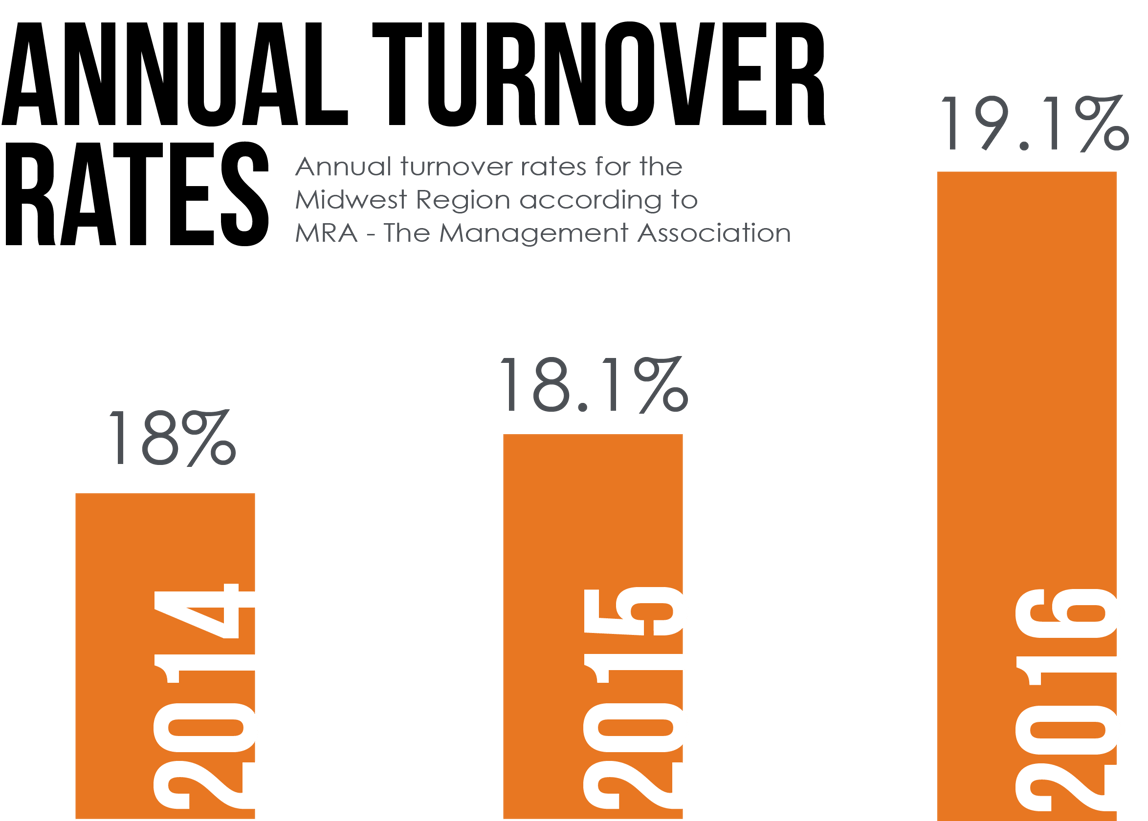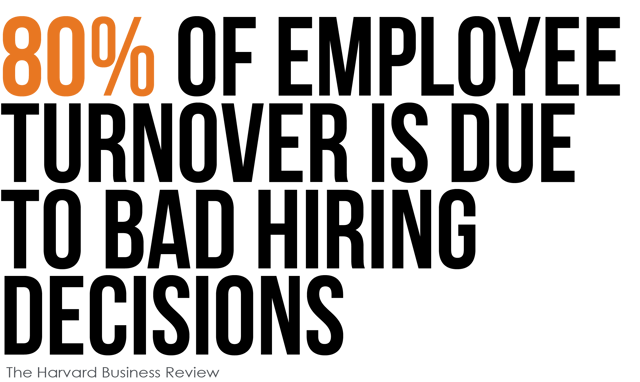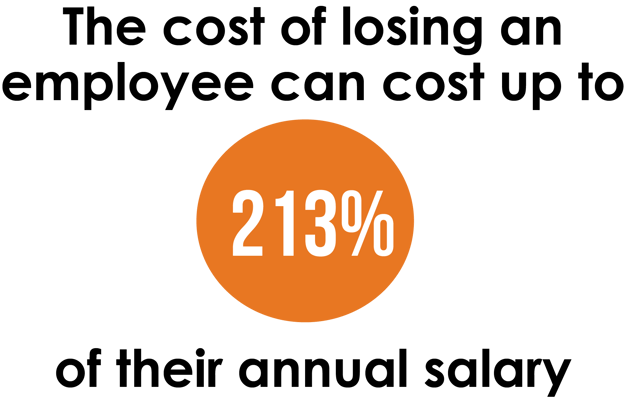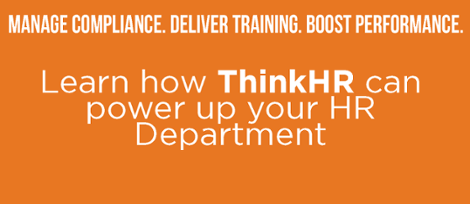When people quit your organization, it can feel like one giant step backwards after many small steps forward. So why are so many people leaving? It could be because they never should've been hired in the first place.

Employees with less than one year of service have the highest turnover rate of any tenured group that separated in 2016. 38% of new hires left in their first year. So, what's wrong?
High turnover is often the result of failing to make the right hiring decision from the start.

According to Josh Bersin of Bersin by Deloitte, a new employee can take almost two years to reach full productivity. Yes, you read that correctly.

To make matters worse, losing an employee can cost up to 213% of the salary for a highly trained position. So, losing an executive that is making $150,000 a year would actually cost your business $319,500.

Feeling demoralized? It doesn't have to be this way.
A performance-based hiring approach (as invented by The Adler Group) will help you identify and hire top talent that sticks around for the long haul. At HNI, we've adopted this methodology ourselves to great fanfare.
So, what is performance-based hiring? Check out this 90 second video.
Or, join us for our talent workshop in May and you'll learn:
- How to offer a great position
- How the best candidates look for jobs
- How to conduct an in-depth interview using just 2 questions
- How to close the deal by offering candidates a true career move
.png?width=69&height=53&name=Acrisure%20Logo%20(White%20Horizontal).png)


